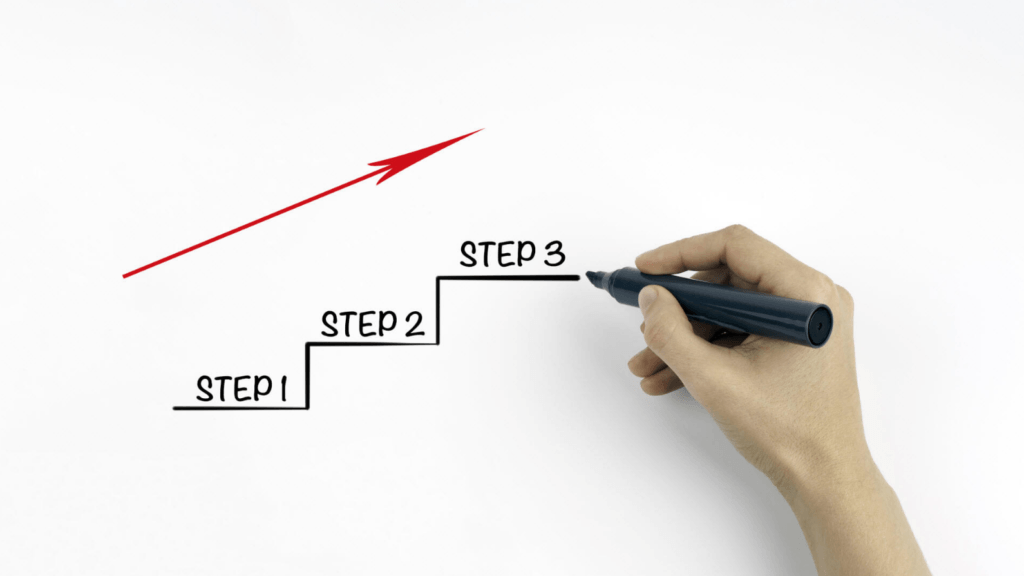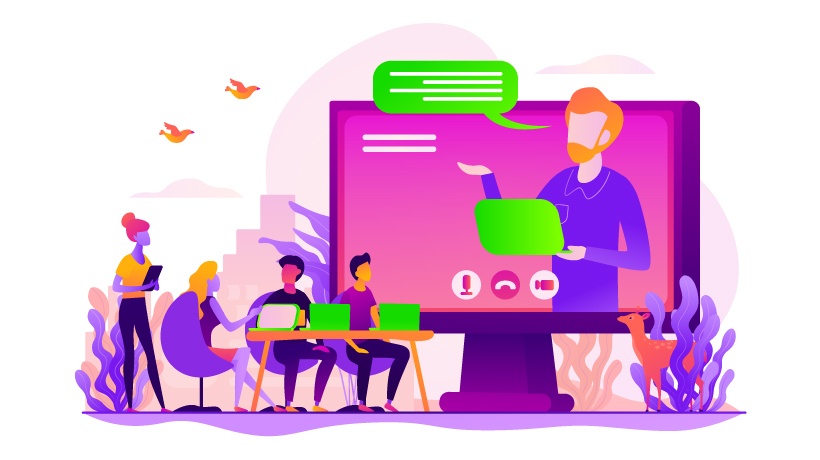How To Move Toward A Better, Faster, Easier, Cheaper And Less Risky Learning And Development
I want to plant a seed with you that will give you hope, optimism and greater belief in the impact of our function.
We read and hear, every day, that L&D is changing and that we need to catch up or re-skill but there’s more to it than that…
The only reason there’s so much rhetoric about the changing face of L&D is that expectations have changed. We are no longer the Subject Matter Experts we used to be, due to ubiquitous connectivity to the world’s information and know-how, and many of us have refocused to become ‘experts in learning’, which is a huge misnomer. Our businesses, leaders, and colleagues don’t need ‘learning experts’ but they do need our help.
These 3 steps will help us to gain a new level of credibility and worthiness far beyond traditional expectations of Learning and Development:
1. Solve Real Problems Not Perceived Problems
“We don’t have a Conflict Resolution Programme” is a perceived problem. “We need a programme” is a perceived problem. The absence of a programme or content is an outdated problem that has largely been solved by Google. But, for too long now, L&D have perceived gaps in their offering as a problem to be solved.
The important reframe to make is that, whilst Google have the content gap largely sewn up, everything around “how do we do [x] at our company” is totally up for grabs. I describe this as the ‘friction’ experienced by our colleagues who are trying to do something important, in the context of their work. If we can understand, and prioritise, the friction people experience then we can work with them to address it. They can then perform and do what they are trying to do – and achieve – or do what they want to be doing, in their role or their career.
Addressing real friction solves real problems more efficiently and effectively than ‘learning solutions’ as we focus on people, not topics. On performance (the doing ) not learning. The learning occurs as a result of ‘doing’ rather than the memorisation of ‘stuff’ to be recalled at an undetermined time in the future.
2. Run Experiments Not Programmes
When solving real problems, and addressing actual friction, it’s wasteful to create programmes that attempt to educate attendees on all facets of your interpretation of their aggregated ‘challenges’. Instead, working with a small cross-section of them, who are keenly experiencing friction, will help you to understand it – in the context of their work – and to work alongside them on what they need (and when they need it) to actually help them. This is highly unlikely to be a programme or a course and much more likely to be conversations and resources.
Conversations with peers and local experts can help to shift people’s thinking, providing them with the confidence to try new things, whilst resources can package local expertise, again, to provide insight, information, and know-how that can be immediately applied to their situations. If we recognise that the vast majority of valuable learning occurs in the ‘doing’, then we can guide and support the ‘doing’ by making local expertise immediately available in anticipation of situations as they occur. We are aiming at increasing the confidence and competence to act and then refinement as the action is repeated, in the context of the work itself.
So, instead of developing and delivering programmes, use the language of experiments:
“If we did this, do you think you would be able to do that? Yes? Great, let’s give that a go and see if it addresses your friction.”
If it does, then brilliant. If not, then explore why not and what else might be needed.
If you understand the friction then experiments are likely to be helpful and, when iterated, make the required difference in performance.
‘Sky’ already do this [1], and to allay any concerns you may have about all the friction in your organisation, addressing friction for your clients will take a fraction of the time it would take to develop and deliver a programme and, as a bonus, it will actually address the problem and friction experienced. So it’s easier, faster, more effective, cheaper and less risky. Plus, it’s scalable…
3. Scale What Works Instead Of ‘Big Bang’ Launches
Two of the baffling delusions that pervade L&D are:
- The ‘build it and they will come’ mentality that comes with launching an LMS, and
- The ‘one-and-done’ programme to deliver sustained behavioural change.
Usually, an initiative is instigated from above, the scope is decided, vendors and content are agreed, a ‘pilot’ is run and then it’s ‘launched’ to the masses. But there is one big problem with the Big Bang launch and one-and-done experience:
“What’s delivered doesn’t solve the real problems of the attendees and users.”
It solves the problem of senior leaders (we need people to know/do this) or L&D (how do we get this out to everybody?) but not of the people that matter most.
By solving real problems, focusing on friction, and running experiments, you end up with something that can be scaled based on its efficacy (producing the desired results rather than simply attendance or engagement). The result you want is that people are more equipped to address their friction and perform with confidence – and that is what you scale.
Nobody cares if your LMS has 1000s of bits of content [2]. Google has millions and it's better.
Your people want to know that you can help them to address their friction and give them what they need in order to do the stuff they’re trying to do. So, expand their thinking with conversations and equip them with resources.
But don’t take my word for it, find out what friction your people are experiencing that they want to overcome, work with them to understand it, experiment with conversations and resources, and scale what works.
It’s as easy as it seems – having a hell of a lot better, faster, cheaper, and less risky, than continuing to run programmes.
References:
- Ripping up the Rule Book of People Development
- Reflections from the CIPD L&D Show 2018 panel discussion
- Innovation Profile: Sky









